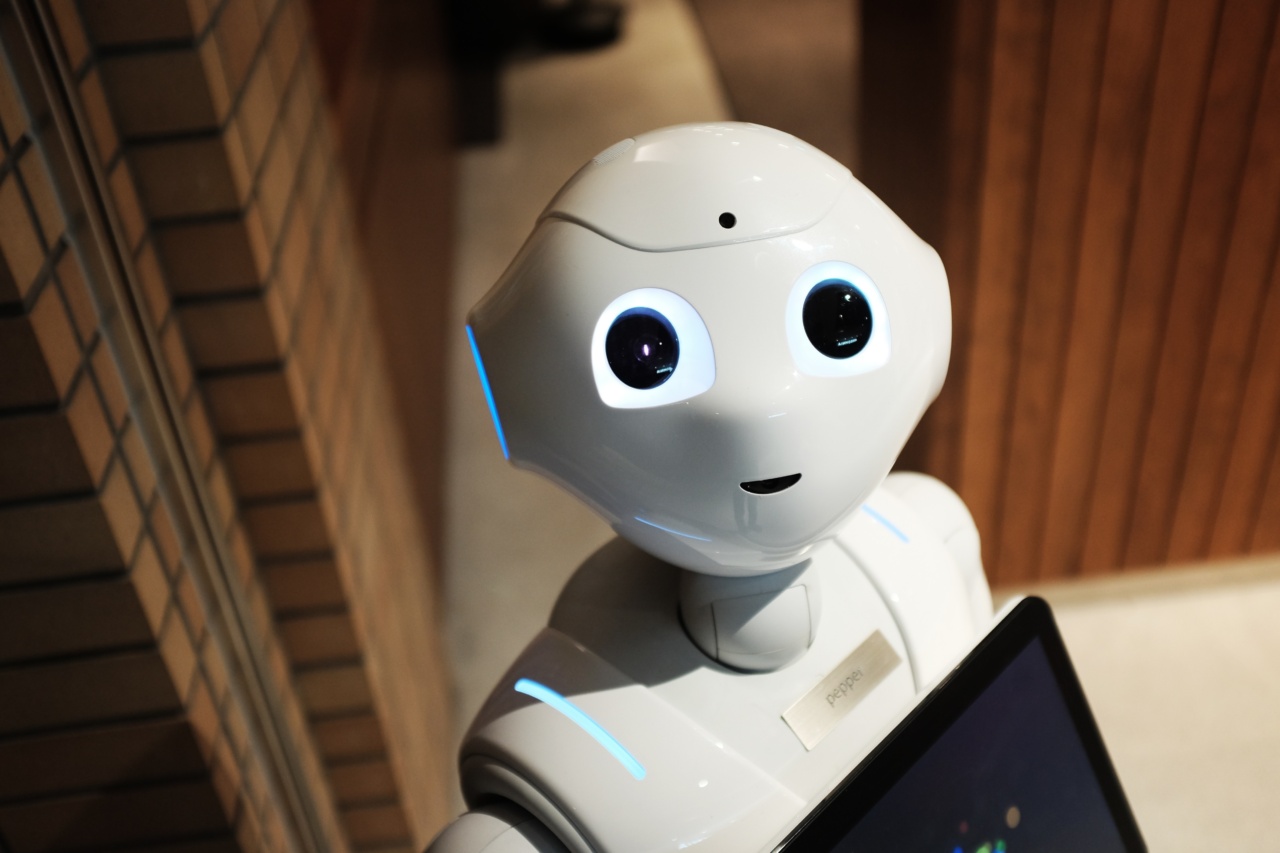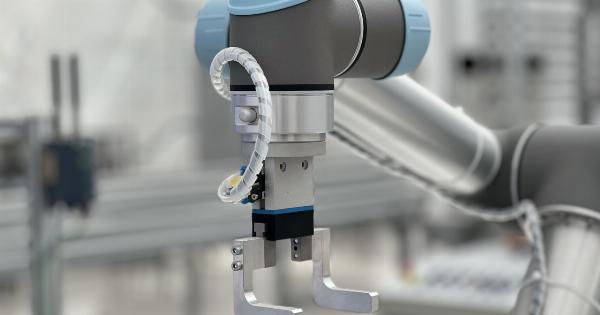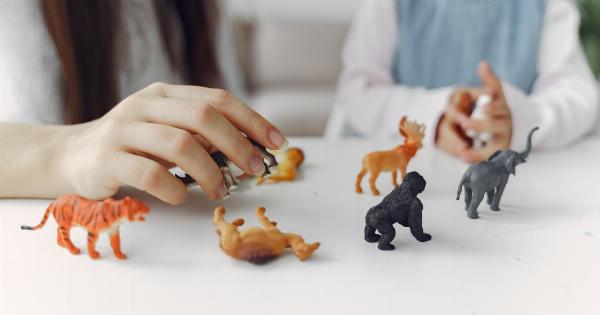Preterm birth, also known as premature birth, is a major concern all around the world. It refers to the birth of a baby before 37 weeks of gestation. Premature babies often face numerous health challenges due to their underdeveloped organs and systems.
One of the biggest threats they encounter is the risk of respiratory problems, as their lungs are not fully matured. To combat these issues, medical professionals have turned to a ground-breaking solution: the miracle robot for preterm infants.
What is a Preterm Infant Robot?
The preterm infant robot is a cutting-edge device that has revolutionized the care of premature babies.
Developed through the collaborative efforts of scientists, engineers, and medical professionals, this robot mimics the movements and tactile sensations experienced by babies in the womb. By creating an environment similar to the mother’s womb, it helps in providing essential care and support to preterm infants.
The Benefits of the Miracle Robot
The miracle robot offers a range of benefits for preterm infants, their parents, and healthcare providers. Let’s explore some of these advantages:.
1. Enhanced Respiratory Support
Respiratory distress syndrome (RDS) is a common condition in premature infants, as their lungs are not fully developed.
The miracle robot employs advanced technologies to deliver enhanced respiratory support, facilitating proper lung development and reducing the risk of complications.
2. Regulation of Body Temperature
Preterm babies struggle to maintain their body temperature, as their inability to store body fat and limited muscle development make them vulnerable to heat loss.
The robot’s specialized features, such as adjustable heating elements and temperature sensors, help regulate the baby’s body temperature and prevent hypothermia.
3. Improved Neurological Development
Preterm birth is associated with an increased risk of developmental delays and neurological impairments.
The robot’s gentle movements and simulated womb-like environment promote sensory integration, aiding in the development of the baby’s vestibular and proprioceptive systems.
4. Non-Invasive Monitoring
Traditional monitoring methods often require invasive procedures like inserting tubes and wires into premature infants.
The miracle robot incorporates non-invasive monitoring technologies, such as contactless sensors and wireless communication, minimizing discomfort and reducing the risk of infections.
5. Enhanced Bonding Opportunities for Parents
When a baby is born prematurely, parents often face challenges in bonding and establishing emotional connections due to long periods of separation.
The preterm infant robot allows parents to interact and bond with their baby through a special interface, promoting emotional well-being and family integration.
6. Training and Education for Healthcare Providers
The miracle robot also serves as a valuable tool for training and educating healthcare providers.
It simulates various scenarios and medical conditions, enabling professionals to enhance their skills in the care of preterm infants and preparing them for real-life situations.
The Future of Preterm Care
The introduction of the miracle robot has paved the way for advancements in preterm care.
As technology continues to evolve, it is likely that the robot will become even more sophisticated, offering additional functionalities and features to further improve outcomes for preterm infants.
Overall, the miracle robot has proven to be a game-changer in the care of preterm infants.
Its ability to provide respiratory support, regulate body temperature, promote neurological development, offer non-invasive monitoring, facilitate bonding opportunities for parents, and enhance healthcare provider training has transformed the landscape of neonatal care.
The journey from conception to birth is already a miracle, but for preterm infants, it is an even more remarkable and challenging one.
With the help of the miracle robot, healthcare professionals can now provide the special care and support these fragile babies need to thrive and conquer the obstacles they face in their early days.




























